A Renewed Interest in Herbal Liqueurs Is Driving Attention to Native Ingredients
Recognizing the history of these botanically based distillates allows for their future.
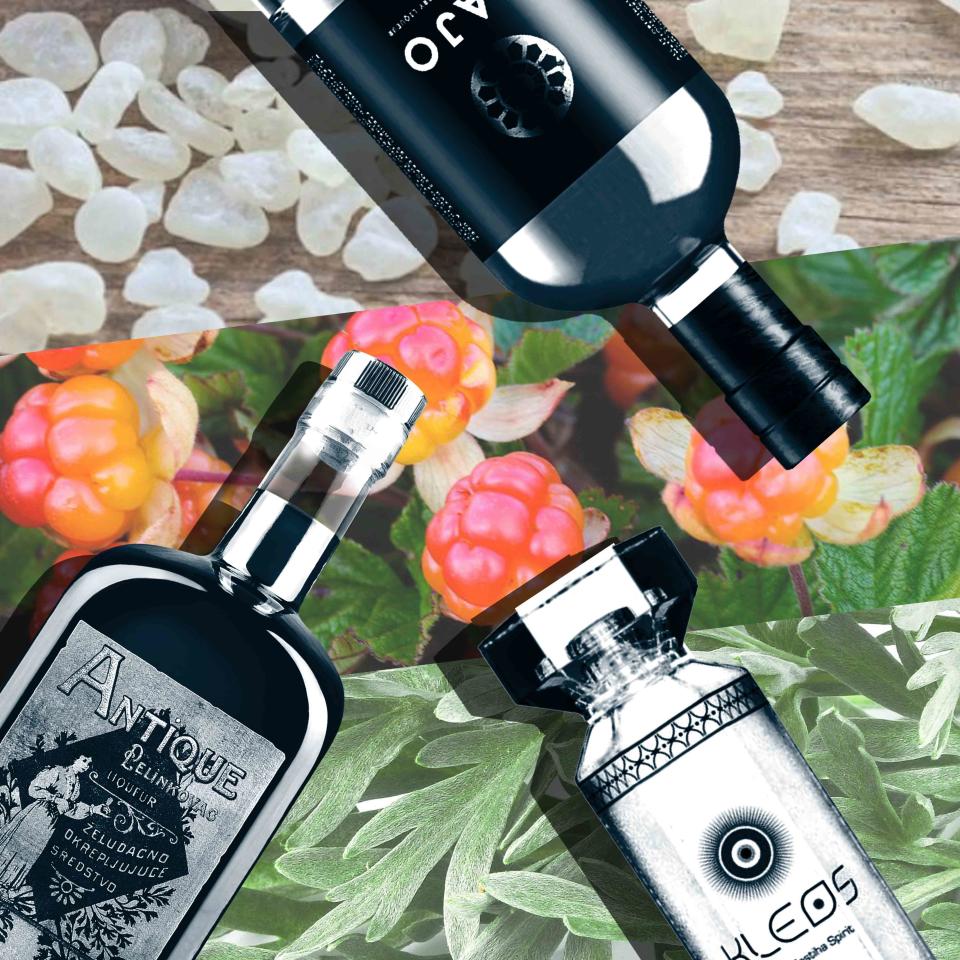
Tyrel Stendahl / Food & Wine
Botanical spirits and liqueurs from around the globe have an ancient history and were once used for various medicinal purposes, but have since evolved into a niche category of their own.
As consumer knowledge about spirits grows and palates expand with increased offerings available, so does the demand for more historic and esoteric liquors. The market has seen an uptick in botanical-based spirits and herbal liqueurs, and it looks to be just the beginning.
Many of these imbibers are seeking to uncover a rich history along with the added benefits of a lower ABV, organic ingredients, and, possibly, some of the therapeutic qualities of the past.
“People are steering toward ways to get flavor without adding sugar or artificial ingredients,” says Effie Panagopoulos, founder and CEO of Kleos Mastiha Spirit, a low-sugar liqueur made from mastiha, an ancient Greek superfood.
Mastiha transcends medicinal and cultural significance for Greeks, just as lakka, the Finnish cloudberry spirit, and Croatian Pelinkovac, do for their native countries.
Empowered by globalization and maturing palates, these Indigenous, herbal-derived spirits are standing out in a saturated spirits market for their individuality. But what sets these spirits apart is how they revert to the basics of herbal spirits; Instead of relying on dozens of ingredients and additives that distract from the purity of the base, they’re honoring and emphasizing them. This, in turn, is enabling a sort of educational resurgence in their homelands, driving attention to these native ingredients’ historical significance and their respective cultures.
Mastiha, an ancient Greek superfood
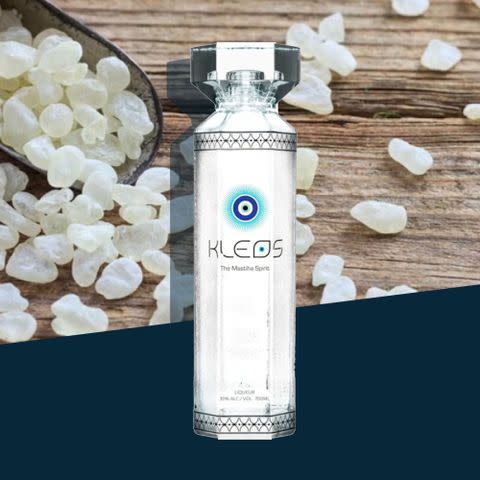
Tyrel Stendahl / Food & Wine
Mastiha was first referenced in 500 B.C. as the world’s first chewing gum. Panagopoulos explains that the root of the word “to chew” in all Romance languages stems from the Greek mastiha (mastiquer in French, masticar in Spanish and masticare in Italian).
Mastiha was first prescribed as medicine by Hippocrates, the Greek Father of Medicine, now recognized by dozens of medical studies for its action against H.pylori, the bacteria that causes peptic ulcers and acid reflux as well as a natural remedy for Crohn’s disease and irritable bowel syndrome. Panagopoulos notes that mastiha’s anti-bacterial, anti-microbial, anti-inflammatory, and antioxidant properties historically, and to this day, see its use in toothpaste and mouthwash to prevent gingivitis. Its healing properties, claims Panagopoulos, supposedly also lend itself to speeding up the healing of wounds.
Lakka, a Finnish cloudberry liqueur
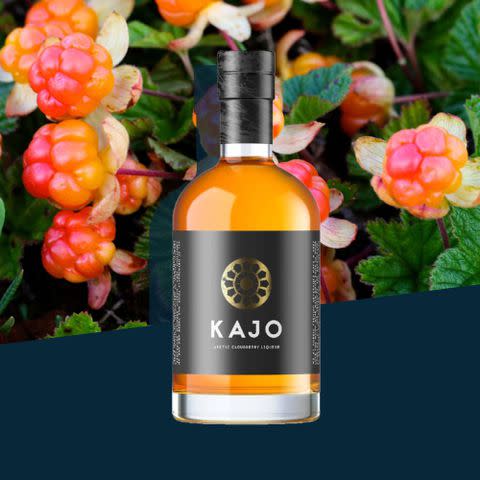
Tyrel Stendahl / Food & Wine
Greece’s mastiha and Finland’s lakka reflect a similar path.
In Finland, the main ingredient of lakka is cloudberry, an herbaceous perennial that is rich in vitamins and antioxidants.
“Cloudberry was initially used by the Indigenous Sámi people for its high nutritional value and natural sweetness,” says Asko Ryynänen, production manager of Valamo Monastery Distillery, Nordic Premium Beverages.
According to Ryynänen, lakka continued to be used medicinally and was especially valued during long and harsh Finnish winters, but gradually evolved into a leisurely spirit, such as in Nordic Premium Beverages’ Kajo, a cloudberry liqueur.
Now, Ryynänen says, lakka means so much more to Finland. “It represents the Finnish people's deep-rooted connection to their homeland, the ability to thrive in challenging circumstances, and the strength of character required to face life’s obstacles,” he says.
Pelinkovac, a Croatian digestif
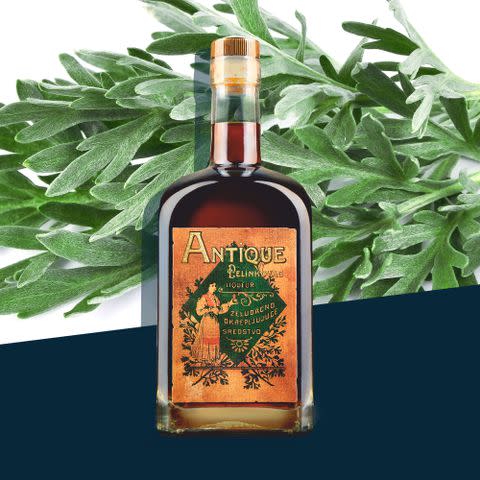
Tyrel Stendahl / Food & Wine
Prior to its first bottling and public release as a digestif elixir in 1862, Pelinkovac was used as a home remedy for cleansing the blood and settling the stomach. “Individual households and communities experimented with different homegrown recipes of the many herbs and botanicals gathered from the countryside of Croatia to treat [these] specific illnesses,” says Sanja Kunic, export manager of Antique Herbal Liqueur.
The key ingredient is Wormwood, which Kunic says is “the unique and defining characteristic” of the liqueur, which “separates it from other herbal liqueurs and bitters like amaros.” Wormwood is renowned for its health benefits like stimulating digestion and appetite as well as antiparasitic and antibacterial properties thus not only is the flavor foundation of the anise derived from the dominating botanical, but also its association as a digestif.
Pelinkovac might have broken into the market as a result of the after-dinner drink trend but Kunic says today, Pelinkovac is enjoyed leisurely and considered the national spirit of Croatia. “It’s a very proud part of their culture and their heritage,” shares Kunic. “After a day's work, sitting with friends and sharing a Pelinkovac is a traditional way of ending the day- on the rocks with a slice of orange.”
The future of historic botanical spirits
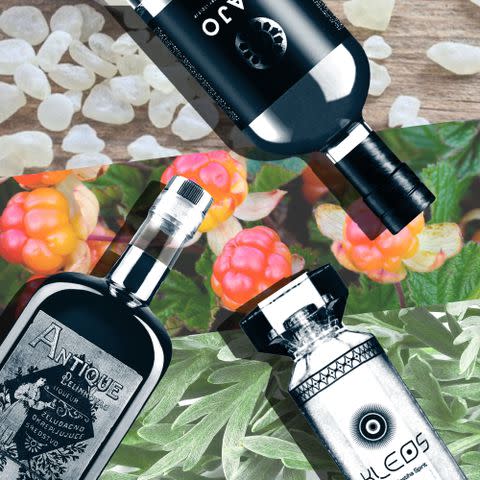
Tyrel Stendahl / Food & Wine
Despite the work that Nordic Premium Beverages, Pelinkovac, and Kleos have done to support the authentic growth behind their respective herbal spirits, some challenges could hinder their efforts.
Ryynänen explains that as lakka grew in popularity, large commercial producers made their own version using artificial cloudberry aromas, which is the entire reason behind Kajo: “to revive the old tradition” of using real cloudberries in the liqueur.
Panagopoulos followed a similar motivation with her mastiha. On the Cycladic Islands, mastiha is served as a digestif, often given out complimentary to guests, which has created a down market for liquors made with artificial flavor and aroma, says Panagopoulos. Mastiha is a protected designation of origin (PDO) spirit, meaning the only place in the world where it can be produced is the southern part of Chios. Yet still, Panagopoulos says, “a lot of non-PDO mastiha circulates in Greece—so gums, candies, liqueurs made from artificial flavor and aroma, and not PDO Chios Mastiha.”
Pelinkovac’s biggest challenge has been spreading the word stateside, which Antique Herbal Liqueur is trying to change after introducing its label to the U.S. market in 2022 and most recently partnering with a national importer to expand the presence of Pelinkovac.
“Unlike other spirit categories like gin or vodka, every herbal spirit has its own unique recipe of herbs and botanicals,” says Kunic who views this as a positive for Pelinkovac’s growth. “This means that each herb spirit brand has its own unique taste and aroma profile [and] gives today's bartenders a real opportunity to explore and experiment with how these herbal spirits can add that little extra to create a sensory delight in their cocktails.”
For more Food & Wine news, make sure to sign up for our newsletter!
Read the original article on Food & Wine.

